Photos by T.R. Van Devender unless otherwise credited.
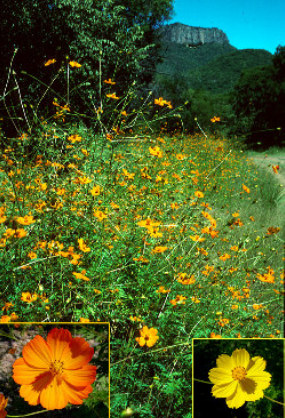
Tostón (Cosmos sulfureus) is native to the tropical deciduous forest. The wild species is a tall (4-6 feet) short-day plant that begins flowering in autumn with orange flowers, rarely yellow. The domesticated cultivars grown in gardens worldwide are more compact (2-3 feet) with a wider range of colors, and are not daylength sensitive. They flower 10 weeks after sowing. Photo: G.M. Ferguson; insets: Mark Dimmitt. |
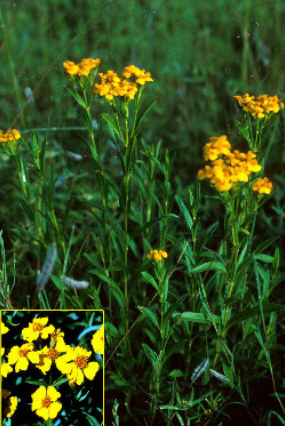
Yerbaníz (Tagetes lucida) is common herb in grassy meadows near Maycoba that has a pleasant licorice fragrance to the foliage, and is widely used as a tea. |
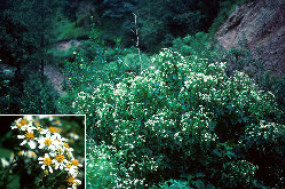
Jehuite (Montanoa leucantha) is a very common shrub that brightens the oak woodland in September. |
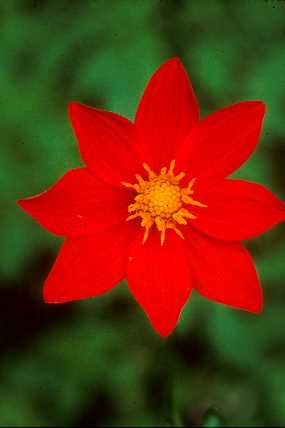
Dahlia coccinea is a colorful perennial herb in the pine-oak forest. The Mountain Pimas call it papitas (little potatoes) and eat its finger-like roots. This species is one of the wild ancestors involved in the development of the cultivated dahlias. |
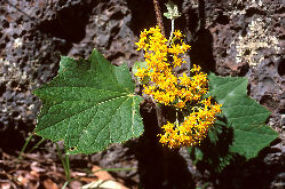
This groundsel (Senecio carlomasonii) is a common forest herb in the Yécora area that ranges as far north as the sky island mountains of southeastern Arizona. It was named by Billie Turner at the University of Texas at Austin in honor of Charles T. Mason, formerly the Curator of the University of Arizona Herbarium in Tucson. |
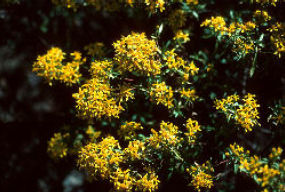
Ruina (Senecio salignus) is a very common shrub, especially along the edges of MEX 16, in the Maycoba area. The Mountain Pimas say that it only came into eastern Sonora after the highway was finished. A few individuals near Puerto de la Cruz along MEX 16 are likely the vanguard as it continues spreading west. Its northern limits are in Santa Cruz and Pima counties, Arizona. |
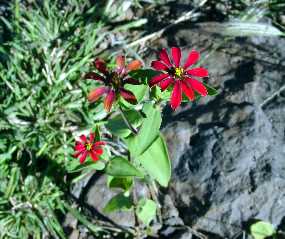
La india (Zinnia peruviana) is a red-flowered annual that can be very common in the Sierra. It is found from South America north to Cochise and Santa Cruz counties, Arizona.. The cultivated zinnia was derived from this wild ancestor. Photo: Mark Dimmitt |
|
